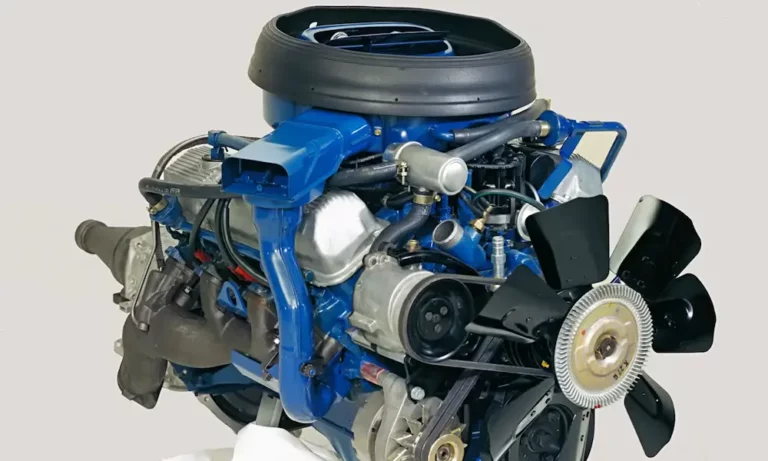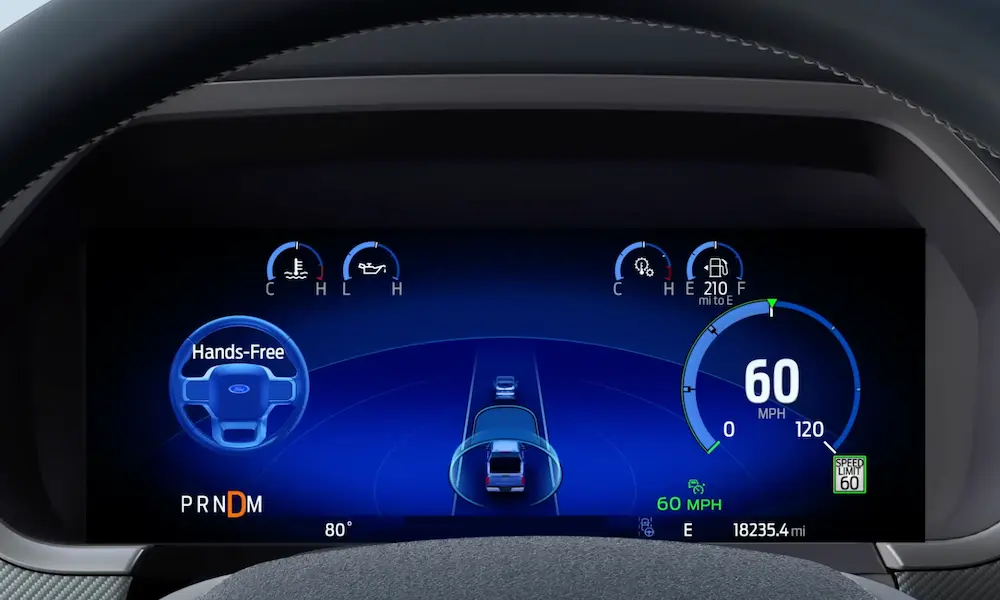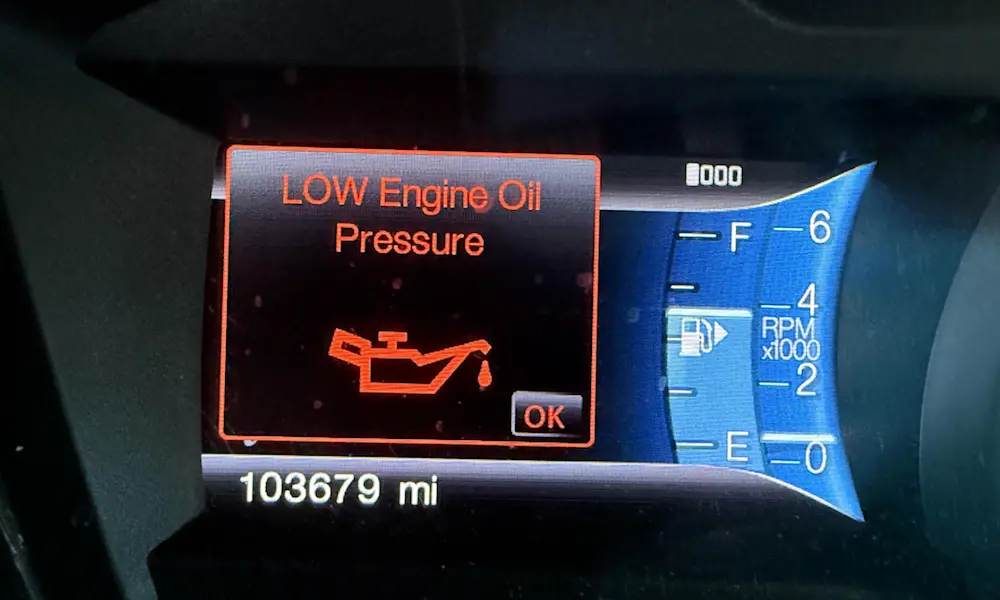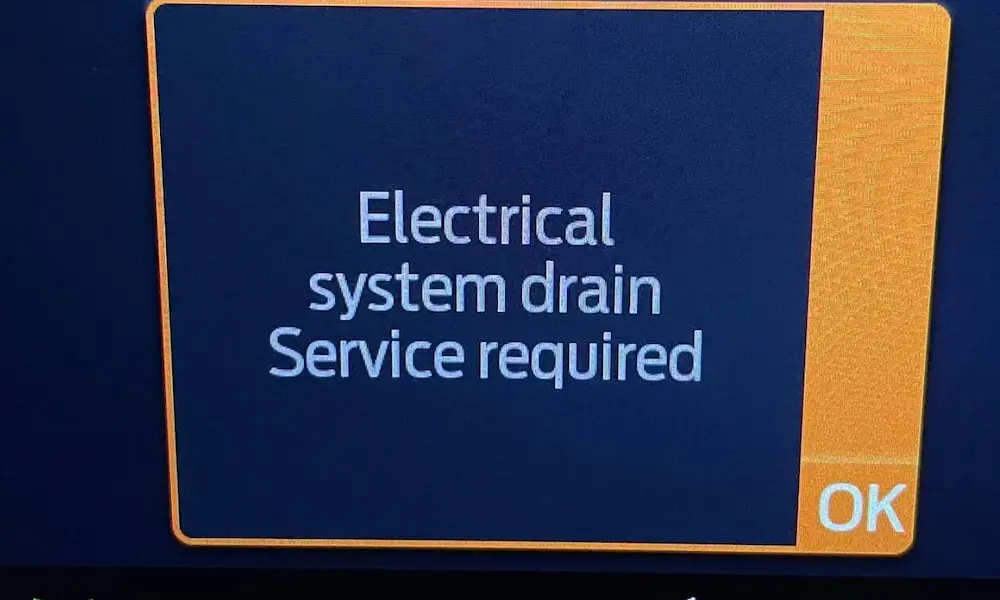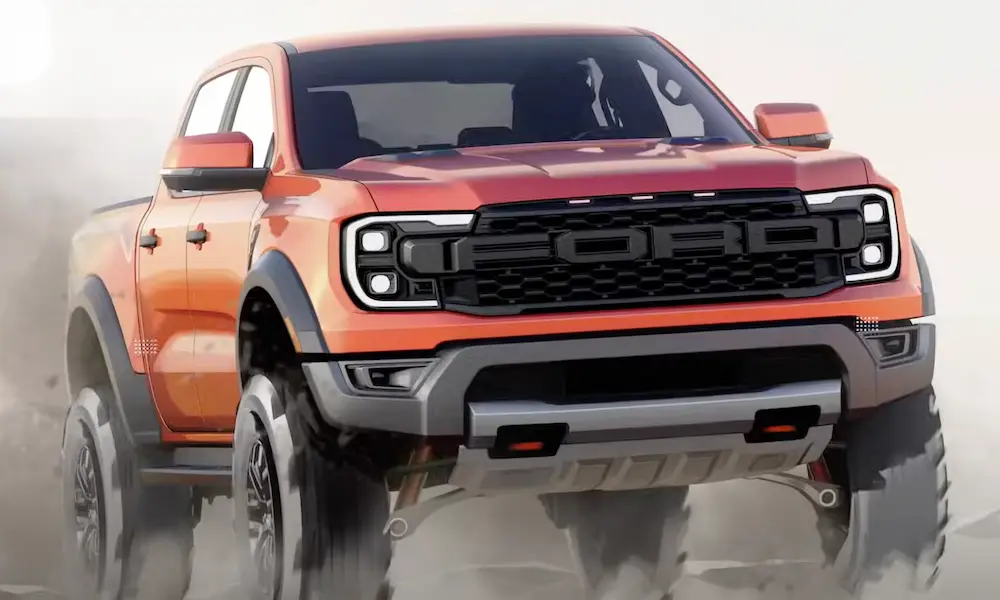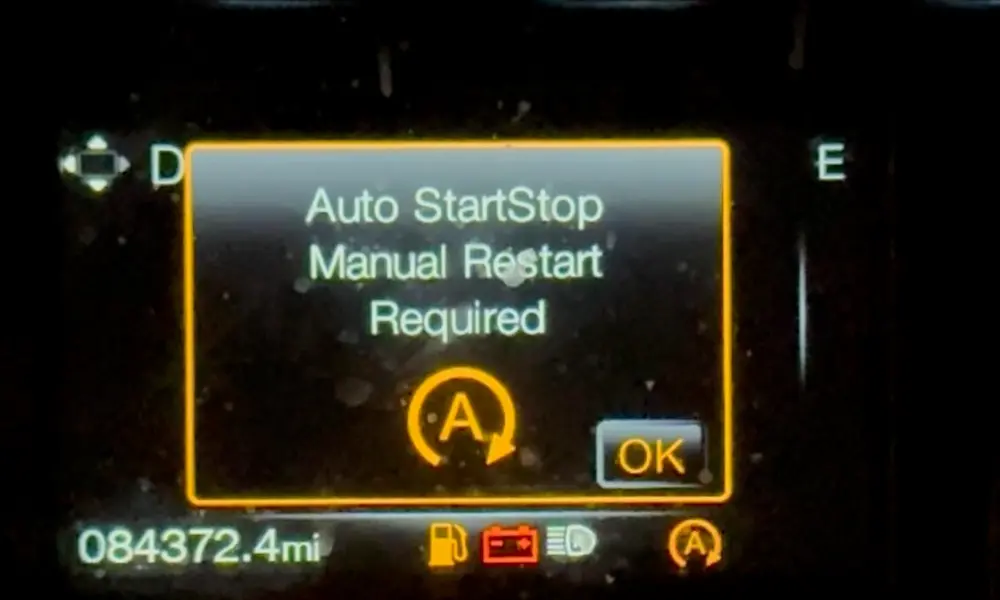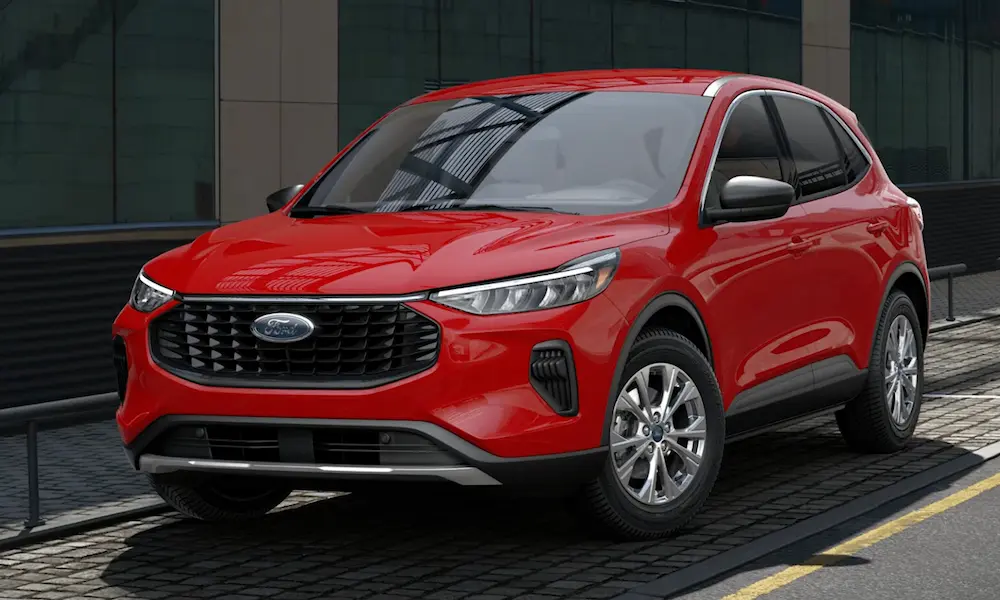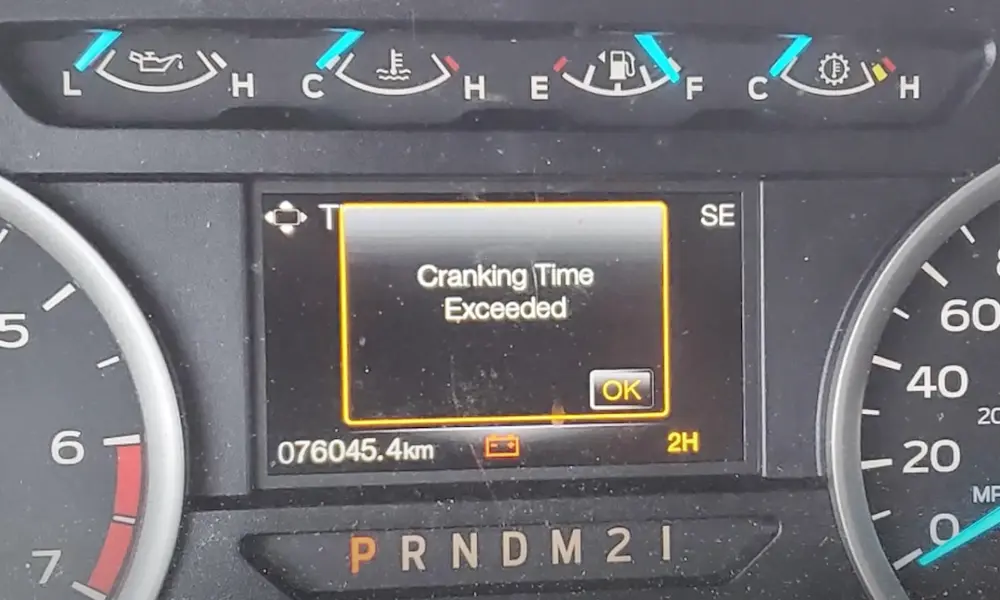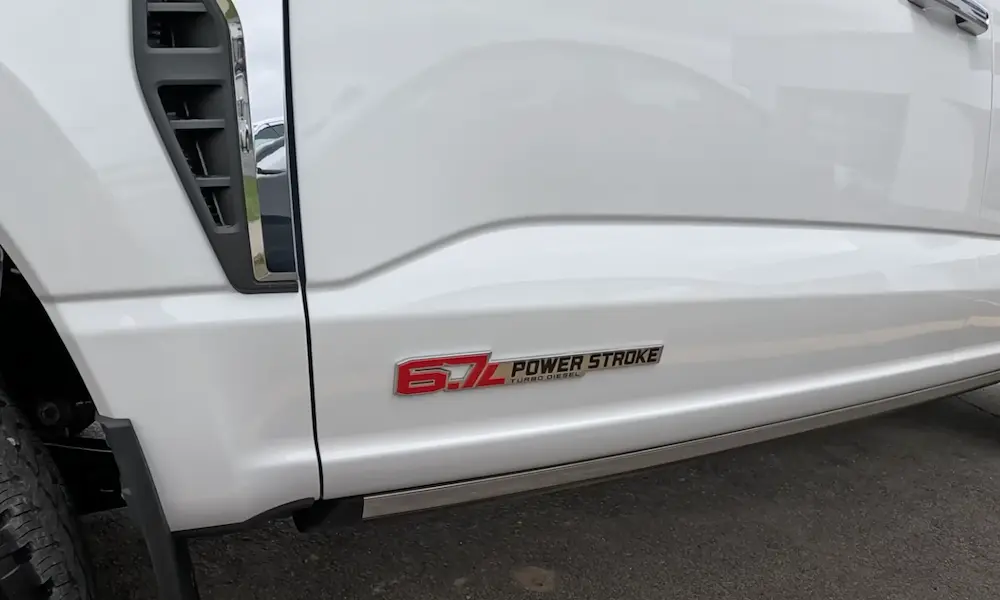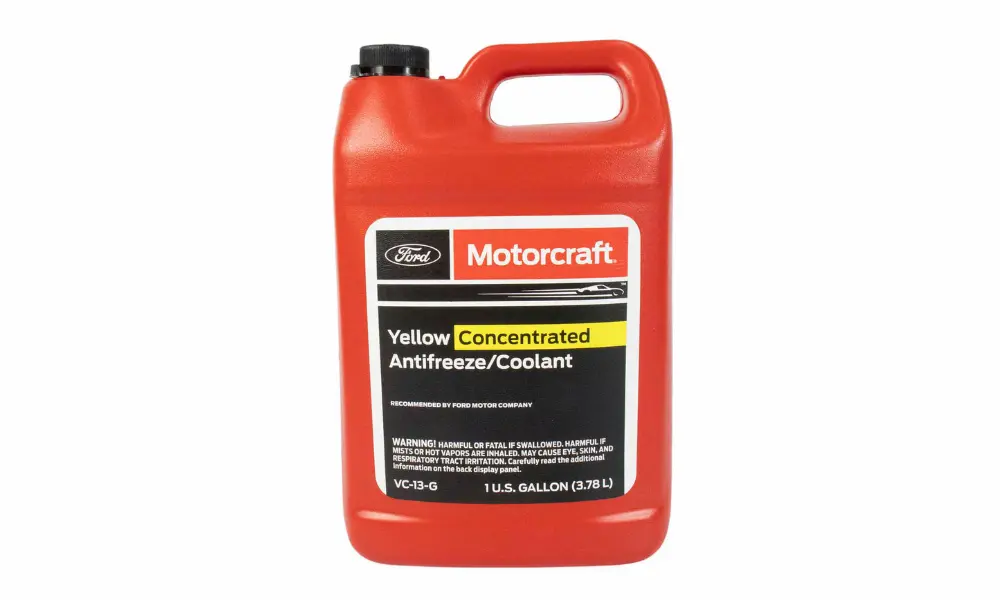Ever wondered what made those classic Ford trucks from the late ’60s and ’70s so dependable? The answer might be hiding under the hood in the form of a Ford 360 engine. This workhorse V8 powered countless F-Series trucks and built a reputation for reliability that helps explain why so many of these vehicles are still rumbling down roads today.
Let’s dive into everything you need to know about this classic powerplant—from its origins and specifications to its real-world performance and lasting legacy.
The History and Development of the Ford 360 Engine
The Ford 360 engine wasn’t born in isolation. It emerged as part of Ford’s larger FE (Ford-Edsel) engine family that debuted in 1958. Ford engineers developed these engines when they realized their previous Y-Block V8 design had reached its displacement limitations at just 312 cubic inches.
The 360 cubic inch variant specifically appeared in 1968 and remained in production until 1976. During this period, it was almost exclusively installed in Ford’s increasingly popular F-Series trucks. Interestingly, 1976—the final production year for the 360—was the same year the F-Series began its decades-long run as America’s best-selling truck.
While other FE engines like the high-performance 427 and 428 variants gained fame in Mustangs and other performance vehicles, the 360 carved out its own niche as a reliable truck engine built for torque rather than speed.
Key Ford 360 Engine Specs and Dimensions
The Ford 360 was designed as a medium-displacement V8 with a focus on low-end torque—exactly what you need in a working truck. Here are the essential specifications:
| Specification | Measurement |
|---|---|
| Engine Type | 90-degree V8 |
| Displacement | 5.9 liters/359.98 cubic inches |
| Bore | 4.05 inches (102.87 mm) |
| Stroke | 3.5 inches (88.9 mm) |
| Bore Spacing | 4.63 inches |
| Block/Head Material | Cast iron |
| Valve Configuration | Overhead valve (OHV) pushrod |
| Carburetion | Primarily 2-barrel |
Like other members of the FE family, the 360 featured a distinctive design where the intake manifold incorporated part of the valve cover area. The pushrods reached the rocker arms through the manifold rather than through the heads directly, giving the engine a unique appearance where the intake manifold also functioned as a valley cover.
Performance Figures: Horsepower and Torque
The Ford 360’s performance specifications evolved throughout its production run, generally showing a downward trend in rated horsepower as emissions regulations tightened in the early 1970s:
1968-1971 (2-Barrel Carburetor)
- Horsepower: 215 hp @ 4400 rpm
- Torque: 327 lb-ft @ 2400 rpm
- Compression Ratio: 8.4:1
1972-1975 (2-Barrel Carburetor)
- Horsepower: 196 hp @ 4000 rpm
- Torque: 327 lb-ft @ 2400 rpm
- Compression Ratio: 8.0:1
1973-1976 F-100 Application
- Horsepower: 145 hp
The significant drop in the last years primarily reflects changes in how horsepower was measured (switching from gross to net ratings) rather than actual performance losses, though emissions equipment did reduce power somewhat.
What’s notable about these figures is the engine’s focus on torque production at low RPMs. With peak torque occurring at just 2400 rpm, the 360 delivered excellent pulling power—exactly what truck owners needed for towing and hauling.
The Ford 360’s Unique Engineering Features
The Ford 360 shared several engineering characteristics with the broader FE engine family, including some distinctive features that set these engines apart from other V8s of the era:
Combustion Chamber Design
The 360 utilized a conventional wedge combustion chamber design in the cylinder heads, which was typical for engines of this era but allowed for good breathing and reasonable efficiency.
Oiling System
FE engines, including the 360, featured a robust oiling system that helped contribute to their durability in demanding applications. The system used a gear-driven oil pump and featured good oil flow to critical components.
Cooling System
The 360’s cooling system was designed with truck applications in mind, with good water flow and capacity that helped prevent overheating even under heavy loads.
Intake Design
One of the most visually distinctive features of FE engines was their intake manifold design. Unlike most V8 engines where the valley between cylinder banks is covered by a separate valley pan, FE engines used the intake manifold itself to cover this area. This created a unique look but also made intake manifold replacement a more involved job.
Torque Specifications for Mechanics and Rebuilders
If you’re working on a Ford 360 engine, these torque specifications will prove invaluable:
| Fastener Type | Torque Specification |
|---|---|
| Main Cap Bolts | 95-105 ft-lbs |
| Connecting Rod Bolts | 40-45 ft-lbs |
| Cylinder Head Bolts | 80-90 ft-lbs |
| Rocker Arm Shaft Bolts | 40-45 ft-lbs |
| Intake Manifold Bolts | 32-35 ft-lbs |
| Oil Pump Bolt | 12-15 ft-lbs |
| Cam Bolts | 40-45 ft-lbs |
| Harmonic Damper Bolt | 70-90 ft-lbs |
| Flywheel/Flexplate Bolts | 75-85 ft-lbs |
| Pressure Plate Bolts | 35 ft-lbs |
| Front Cover Bolts | 12-15 ft-lbs |
These specifications assume you’re using stock-type bolts with light engine oil applied to threads and the underside of bolt heads. If you’re using aftermarket hardware or different lubricants, you might need to adjust these values.
Vehicles That Came With the Ford 360 Engine
The Ford 360 engine had a relatively focused application history, appearing almost exclusively in Ford’s truck lineup:
- 1968-1972 Ford F-Series F-100 V (fifth generation)
- 1973-1976 Ford F-Series F-100 VI Regular Cab (sixth generation)
It was occasionally found in other heavy-duty Ford vehicles, but F-Series trucks were by far its most common home. The engine was particularly well-matched to these applications because of its torque-focused performance profile and robust construction.
How the 360 Compares to Other Ford V8 Engines
To really understand the Ford 360’s place in Ford’s engine hierarchy, it helps to compare it to its closest relatives:
Ford 360 vs. Ford 390
Despite the 30 cubic inch difference, these engines performed surprisingly similarly in truck applications. In 1972 Ford trucks, the 360 produced 196 hp while the 390 made 201 hp—just 5 horsepower more.
However, many owners reported that the 390 delivered better real-world drivability and sometimes even better fuel economy. This apparent contradiction likely stems from the 390 being significantly detuned for truck applications—in performance cars, the 390 could produce up to 375 horsepower.
The 360 Within the FE Engine Family
The 360 was just one displacement option within the broader FE engine family, which included:
- 332 cubic inches (original displacement)
- 352 cubic inches
- 360 cubic inches
- 390 cubic inches
- 406 cubic inches
- 410 cubic inches
- 427 cubic inches (the famous high-performance variant)
- 428 cubic inches
While engines like the 427 and 428 gained fame in performance applications, the 360 played a more utilitarian role, offering good torque for truck applications without the higher fuel consumption of the larger variants.
Common Problems and Reliability Issues
No engine is perfect, and the Ford 360 had its share of common issues:
Oil Leaks
The complex intake manifold design of FE engines, including the 360, created multiple potential leak points. The intake manifold gaskets and valve cover gaskets were particularly prone to developing leaks as they aged.
Cooling System Weaknesses
While generally robust, the 360’s cooling system could develop problems after decades of use. Radiator upgrades were common modifications for owners who used these trucks for heavy towing.
Carburetion Issues
The stock carburetors, particularly on later emissions-equipped models, sometimes delivered inconsistent performance and could be finicky to tune properly.
Despite these issues, the Ford 360 earned a reputation for overall reliability. With proper maintenance, these engines commonly reached 150,000-200,000 miles before requiring major rebuilding—impressive longevity for engines of this era.
Performance Upgrades for the Ford 360
While not as popular for performance builds as some other FE engines, the 360 responds well to modifications:
Carburetor Upgrades
One of the most common and effective upgrades is replacing the stock 2-barrel carburetor with a 4-barrel model and matching intake manifold. This modification alone can add significant horsepower.
Camshaft Replacement
Installing a more aggressive camshaft profile can wake up the 360 considerably, though at some expense to low-end torque and idle quality.
Header Installation
Replacing the restrictive stock exhaust manifolds with headers can free up noticeable power, especially when paired with a full exhaust system upgrade.
Compression Ratio Increases
For engines being completely rebuilt, increasing the compression ratio by milling the heads or using different pistons can boost power, though this requires higher octane fuel.
The good news for Ford 360 owners is that the engine shares many parts with more popular FE engines like the 390 and 428, meaning there’s no shortage of performance parts available on the aftermarket.
The Ford 360’s Legacy and Value Today
The Ford 360 never achieved the collector status of high-performance FE engines like the 427, but it has earned respect among truck enthusiasts for its durability and torque production.
Today, these engines remain popular among owners of fifth and sixth generation F-Series trucks who want to maintain the truck’s original character. A well-maintained or freshly rebuilt 360 can still make an excellent powerplant for a classic truck, delivering reliable power with a distinctive exhaust note that can’t be matched by modern engines.
For collectors and restorers, finding an all-original 360 in good condition can be challenging but worthwhile. Meanwhile, the shared architecture with other FE engines means that rebuilding a 360 remains relatively straightforward, with good parts availability.
The Final Word on the Ford 360 Engine
The Ford 360 V8 represents a fascinating chapter in Ford’s engine history. Neither the largest nor the most powerful of the FE engine family, it nevertheless found its perfect application in Ford’s truck lineup, where its torque-biased performance profile and robust construction made it an ideal workhorse.
While emissions regulations and the eventual introduction of newer engine designs brought an end to the 360’s production run in 1976, its legacy lives on in thousands of classic Ford trucks still on the road today. For owners of these vehicles, understanding the Ford 360’s specifications, characteristics, and potential remains essential—whether you’re maintaining originality or looking to extract more performance from this classic American V8.
What the Ford 360 might have lacked in headline-grabbing specs, it more than made up for in real-world usability and durability—qualities that, for a truck engine, matter far more than maximum horsepower figures or quarter-mile times.

